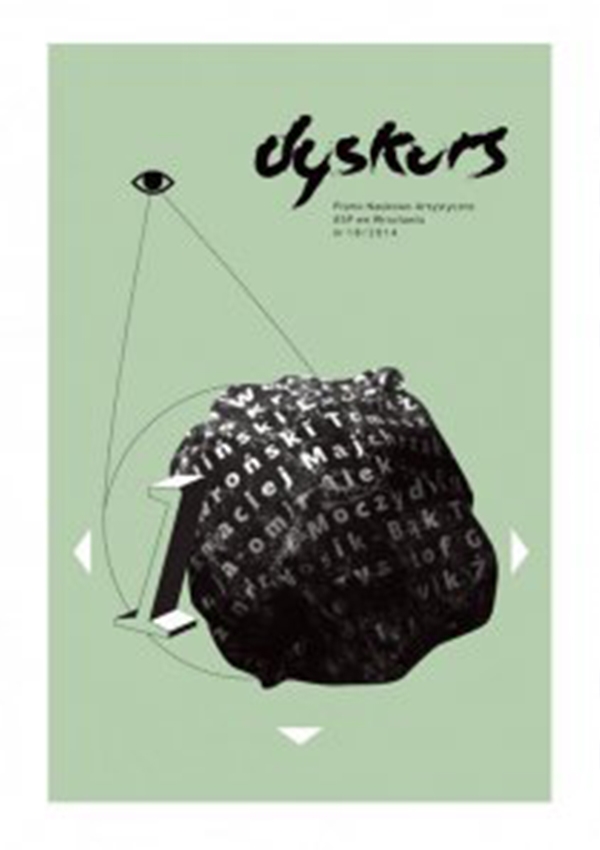Die Abstraktion in der modernen Kunst – Bild- „Motiv“ oder künstlerische Strategie?
Abstrakt
Abstraction in contemporary art – ‘motif’ in picture or artistic strategy?
At the beginning of the twentieth century, artists interested in abstract art had to make, in a sense, an ideological choice – abstraction was one of the important strategic projects of modernism. The goal of abstract artists was to produce abstract paintings which were not connected with historic tradition of imaging; i.e. the paintings, which did not match the mimetic nature of art. As the result of their attitudes, which still prevailed in a few decades after World War II, slowly lost its momentum; disputes and debates about abstract painting became less and less loud. In postmodernist era, abstraction was no longer connected with choosing ideas or ideology or artistic trend; it is not an artistic acknowledgement of faith. Abstract art is one of many possible trends which artists may follow.
A good example of changing attitudes are so called abstract paintings by G. Richter, an eminent painter, who is mostly interested in figurative art. For Richter, the connection between the reality and pictures is of secondary importance. He said: My paintings include no objects, they themselves are the objects. The analysis of his works and a number of his statements shows that there is no fundamental difference between the figurative and abstract painting. Richter reaches for abstraction as if reaching for another motif, which is well-established among other classical motifs.
Abstract painting already played its ideological deconstructive role and it doesn’t function today as universal idea or artistic strategy; only in connection with the medium of photography, abstraction seems to still play that role. Lambert Wiesing, a German philosopher who writes on the theories of images, analyzes artistic strategies associated with abstraction in photography and theoretical assumptions on which they are based. He writes about abstracts images directly connected with ‘photographic production process’, which primarily belongs to the history of photography photograms. Also, he writes about ‘abstraction in the photographic product’. Here, he indicates three possible and the most important from his point of view artistic strategies, which still remain valid: abstraction of the way of seeing, abstraction of visilibity and abstraction in object’s art. He believes that in all the cases artists’ intentions play the key role and that artists have certain ideas that guide them, so they want to reveal them in their work.

